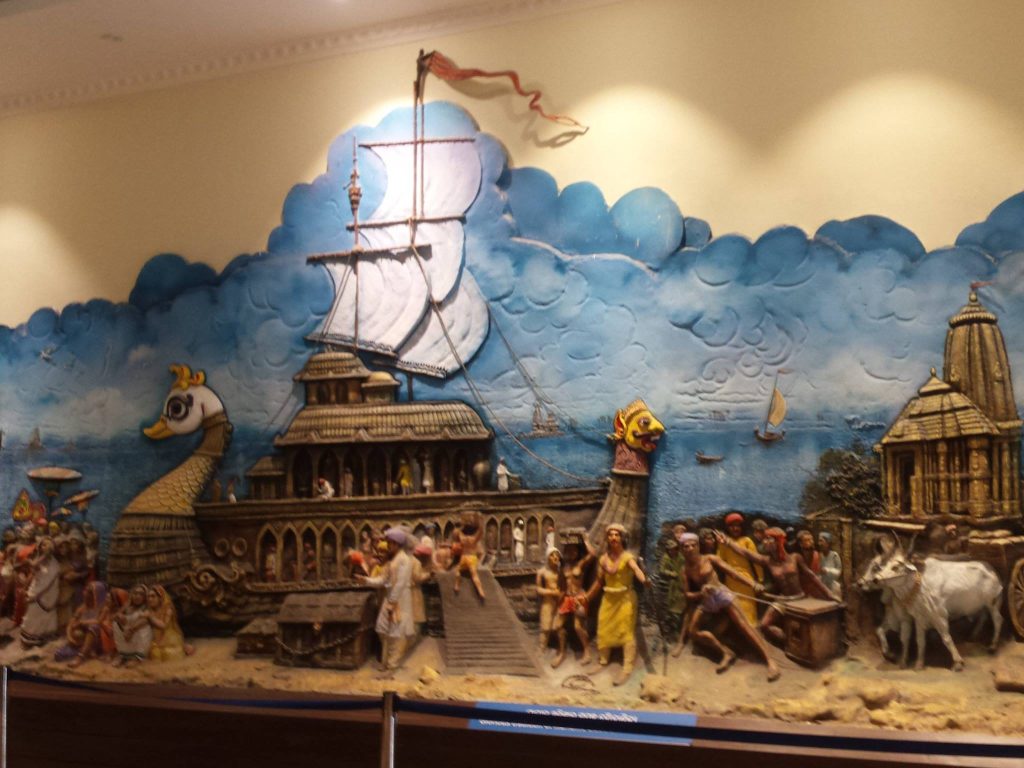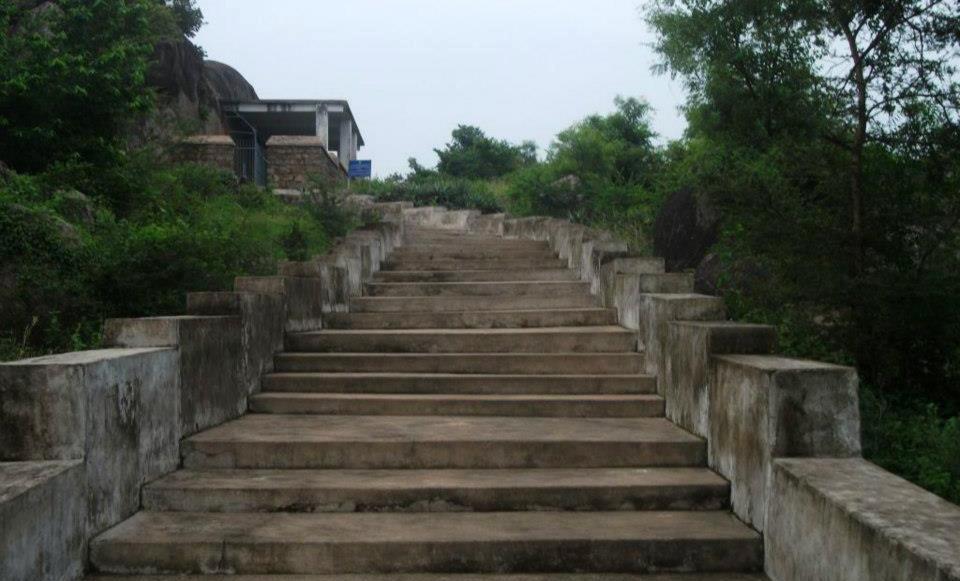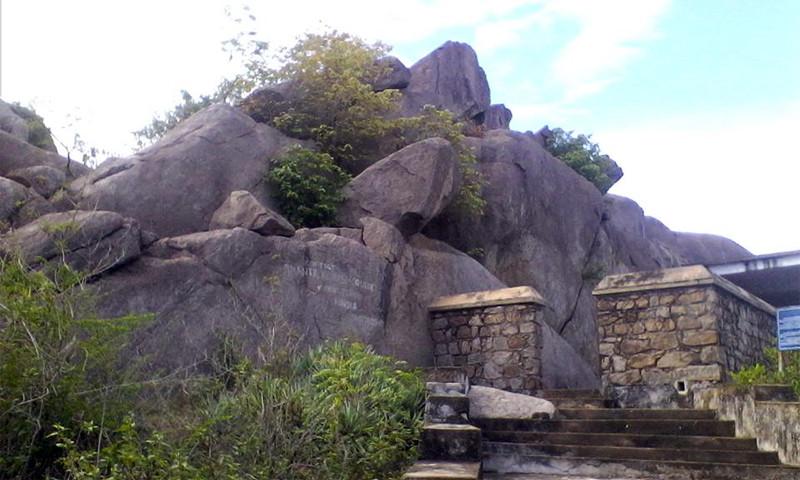Both sites (which sites) where we found 350 years old Dutch buildings have a known maritime history of at least 2.250 years. They were part of Kalinga, a historical region encompassing a large part of Odisha and the north-eastern part of Andhra Pradesh. The name of Kalingapatnam, the harbour near Srikakulam still refers to it; patnam means harbour. The region of Kalinga was added by the emperor Ashoka to the already vast North-Indian empire of the Mauriyan dynasty. This empire was founded by his grandfather, Chandragupta, at Patna (Bihar). He defeated the Greek invaders in the Indus valley (the Punjab) in 301 BC. Thereafter he made peace with the heirs of Alexander the Great, thereby clearing the way south for the Mauriyas.
His grandson Ashoka did so, and conquered Kalinga in a terrible battle, killing 100.000 and banning even more refugees. This shocked him so deeply that the abandoned military conquest. Rather, he embraced Buddhism, and instituted dharma as the state ideology. Much is known of the reign of this Buddhist Mauriyan emperor from the edicts inscribed on stone pillars that he had erected hroughout his realm. After his conversion, his notice of conquest consisted of sending many Buddhist emissaries throughout Asia, and commissioning some of the finest works of ancient Indian art (1).
The map with sea routes by Sunil K. Patnaik shows the main departure places of the so-called Bali yatra (journey to Bali): Tamrallipti (now known as Tamluk, the district capital of Medinipur in Bengal); Palur in Odisha (in Ganjam, near what is now the Chhilka lagoon; and Kalingapatnam, nowadays a tourist beach in Andhra Pradesh. Tamralipti was known as the copper harbour of the Mauriya empire. Tamluk is around the corner of the Hooghly river, where Chinsurah, the VOC centre, was situated.
Now, vivid memories remain, but the journeys of trade and conversion came to a standstill by the 7th century AD. By the time the Europeans came to India, with the Portuguese ahead, the Mauriyan empire had collapsed long ago, and Buddhism had almost disappeared from it region of origin. But in Odisha, the festival Bali Yatra is still celebrated, and in fact in a big way. At full moon in November (kartika), when the wind turns South-East, women and children are sending little boats down the river made of banana leaf, carrying a candle to show sailors the way.
The decoration in the hall of the Odisha State Museum at Bhubaneswar as seen in the picture, shows the departure to South-East Asia. When the Dutch entered colonial policy in the Dutch Indies, they met with Hinduism and Buddhism at Bali and Java. The Dutch took control of the Hindu kingdom at Bali only by 1900 AD.

Epilogue: a brand new historical place to visit
After the Kalinga battle, Ashoka first took over the fortress of the Kalinga region. In fact this was his one and only conquest from that day on. The fortress, now called Jaugada, was situated along the river Rushikulaya in Ganjam, Odisha. Here, he had one of the first stone pillars installed, showing his imperial edicts. Later on, Jaugada was abandoned. Only recently, the remains of the fortress were uncovered, the pillar was retrieved and the inscriptions were translated. On 1 March, 2021 (!), Chief Minister Naveen Patnaik of Odisha inaugurated the edict, which is now accessible, but of course untouchable.



Jaugada (Ganjam district; Rushikulaya r., 10 km north of Purushottam): entrance to the old fortress (left), and steps leading to the edict
Footnotes
1 Source: Mauriyan Empire. Website: Encyclopaedia Brittannica (Inc). Date published: 25 March 2020.
2 What the British called the Bay of Bengal later on, Greek geographer and astronomer Ptolemaeus (87-150 AD) from Alexandria called the Sea of Kalinga
3 In: S.K. Patnaik (ed., 2014): Buddhism and maritime heritage of South-Asia. Pratibha: Prakashan: Delhi
